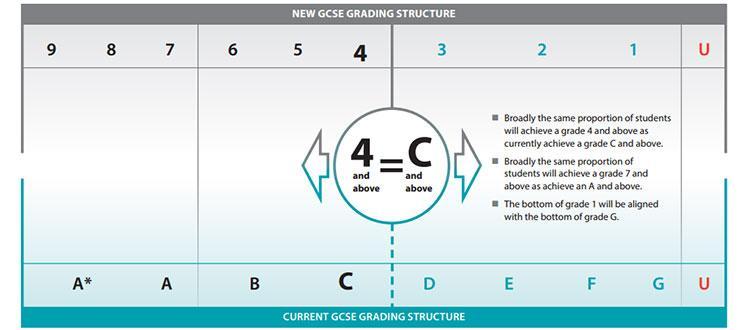
1 minute read
GCSE Grading Structure
Exam Reforms
Exam reforms have changed the GCSE grading system so that, instead of the traditional A*-G, pupils are graded on a 9 to 1 scale (with 9 being the highest grade). The new GCSE courses involve less coursework, placing a greater emphasis on the final examination element.
New Grading System
The 9 to 1 grading system used by the reformed GCSEs doesn’t directly correlate with the traditional A* - G grades. The numbers have been introduced to allow greater differentiation between different pupils’ attainment; for example a score of 9 is a very high A* and 8 a low A*/very high A. It is important to be aware that the government plans to award significantly less 9s than it did A*s, highlighting the distinct lack of comparison possible between the old and new systems. Scoring 7, however, is the equivalent of an A; 5 a high C and 4 a low C. The Department for Education has stated that a score of 5 or above will be considered the equivalent of a ‘good pass’ in any subject.






